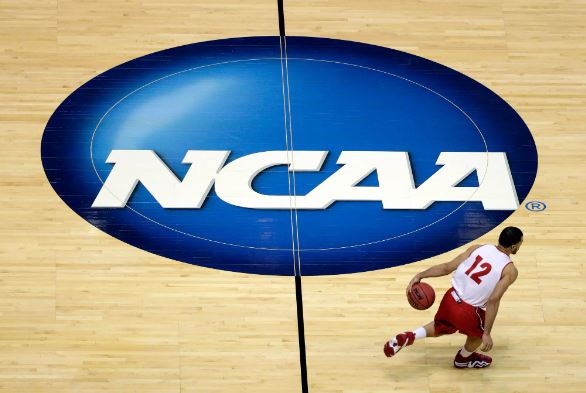The NCAA and several major college athletic conferences reached a groundbreaking $2.8 billion settlement agreement on Friday, potentially ending a long-standing antitrust lawsuit and altering the landscape of college athletics. The deal, pending approval by a federal judge in California, would allow schools to directly pay athletes, significantly shifting away from the traditional amateur model.
The settlement, stemming from the House v. NCAA lawsuit and two related cases, could be implemented as early as next year. Under the agreement, schools could distribute up to $20 million annually to athletes, with this ceiling rising in line with overall athletic revenues. The arrangement is designed to last for ten years and would also provide retroactive payments to tens of thousands of football and men’s basketball players for television and marketing rights. However, the agreement does not address Title IX, the federal law that mandates gender equity in sports.
The NCAA aims to use this settlement as leverage to seek legislative protection from further antitrust lawsuits and from demands to classify athletes as employees. An independent body would be established to oversee name, image, and likeness (NIL) deals for athletes, with any agreements over $600 requiring disclosure to the athlete’s school. This body would also ensure that deals are made at fair market value.
The settlement provides more autonomy to wealthier conferences like the Big Ten, SEC, and ACC, further distinguishing them from the other 27 Division I conferences. Some of these smaller conferences, such as the Ivy League and historically Black colleges, are particularly concerned about the financial burden they will bear under the settlement, as they are collectively responsible for nearly a third of the settlement cost, approaching $1 billion.
Dan Butterly, the Big West Conference Commissioner, expressed frustration that smaller conferences had little input in the settlement terms. The case highlights a growing divide within college athletics between powerhouse programs with revenues exceeding $250 million annually and smaller institutions that rely on sports to attract students amid declining college enrollment.
The NCAA’s proposed settlement also includes eliminating scholarship limits, allowing schools to offer scholarships to as many athletes as they choose within a capped roster size. This change could widen the talent gap between top-tier programs and smaller schools, as wealthier programs could afford to offer more scholarships.
Title IX concerns loom over the settlement, as about 90% of the retroactive payments would go to football and men’s basketball players from the wealthiest conferences. This discrepancy has raised questions about gender equity, with women’s basketball players receiving much smaller payouts. However, the settlement’s structure, which distributes funds through a central entity rather than directly from schools, may help it withstand legal scrutiny under Title IX.
The NCAA’s plan leaves future direct payments to athletes at the discretion of individual schools, which would still need to comply with Title IX regulations.
Additionally, a competing antitrust case, Fontenot v. NCAA, argues that the settlement does not allocate enough future revenue to athletes, claiming that only 22% is designated for player payments. The lawyers involved in the House case counter that, when factoring in scholarships and educational expenses, athletes are set to receive a compensation package comparable to the 50% revenue share seen in professional leagues like the NFL and NBA.
Federal judges have, in the past, sent proposed settlements back for revision, as seen in the NFL concussion case, where a settlement cap was removed. With this NCAA settlement, similar judicial intervention could potentially occur, altering the final agreement before it is enacted.
If approved, this settlement could significantly reshape the financial and operational structure of college sports, marking a major shift in how student-athletes are compensated and how collegiate athletics are governed.

